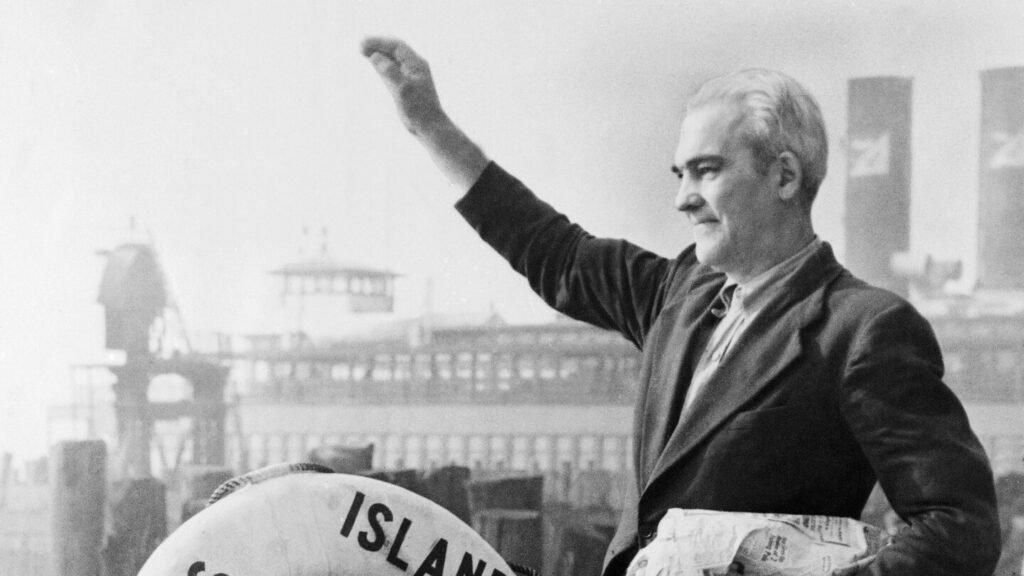On November 12, 1954, Ellis Island processed its final immigrant, marking the end of an era that saw millions pass through its doors in search of a new life in the United States.
Arne Petterson, a Norwegian seaman who overstayed his shore leave, became the last person processed on the island before it closed its immigration facilities.
After being granted parole instead of deportation, Petterson boarded a ferry in New York Harbor, his departure captured by a photographer as the curtain closed on a historic chapter of American immigration.
Ellis Island, located at the mouth of the Hudson River between New York and New Jersey, had long served as a gateway to the United States.
Designated by President Benjamin Harrison in 1890 as a central immigration processing site, it opened its doors on January 1, 1892, after expansion efforts using landfill from New York’s subway excavation.
Though initially equipped with a three-story timber building, the facility had to be rebuilt in 1897 after a devastating fire destroyed all immigration records dating back to 1855.
Throughout its peak in the early 20th century, Ellis Island saw thousands of arrivals daily, each seeking a new start.
During this time, the patterns of immigration shifted dramatically, with large numbers arriving from Southern and Eastern Europe to escape poverty, oppression, or persecution.
As President John F. Kennedy later observed in A Nation of Immigrants, “There are probably as many reasons for coming to America as there were people who came.”
For over 60 years, Ellis Island was a stepping stone for millions who would help shape the country’s future, including notable figures like Italian-born director Frank Capra, Russian-born science fiction writer Isaac Asimov, French actress Claudette Colbert, and Polish cosmetician Max Factor.
Many of these individuals, who arrived as children, went on to influence American culture and identity.
One such story belongs to Isabel Belarsky, who made the arduous journey from the Soviet Union to America with her family in 1930.
Recalling the difficult sea voyage, she shared with the BBC in 2014, “Oh boy, that was some journey. It was cold, we had nothing to wear.
Everybody was freezing. Finally, we came through Ellis Island.” Her story echoes the hardships and hopes that marked the immigrant experience.
By the time of its closure in 1954, Ellis Island had shifted primarily into a detention center for illegal immigrants and suspected communists, reflecting the changing political landscape of post-war America.
Yet, its legacy endures, as the National Park Service estimates that 40% of Americans today are descended from those who entered through Ellis Island.
Though its doors have long closed, Ellis Island remains a symbol of the courage, resilience, and dreams of those who passed through its halls, leaving a lasting mark on the history and identity of the United States.
Also read: Percy The Park Keeper Author Helps Norwich School’s Library Dream Come True
